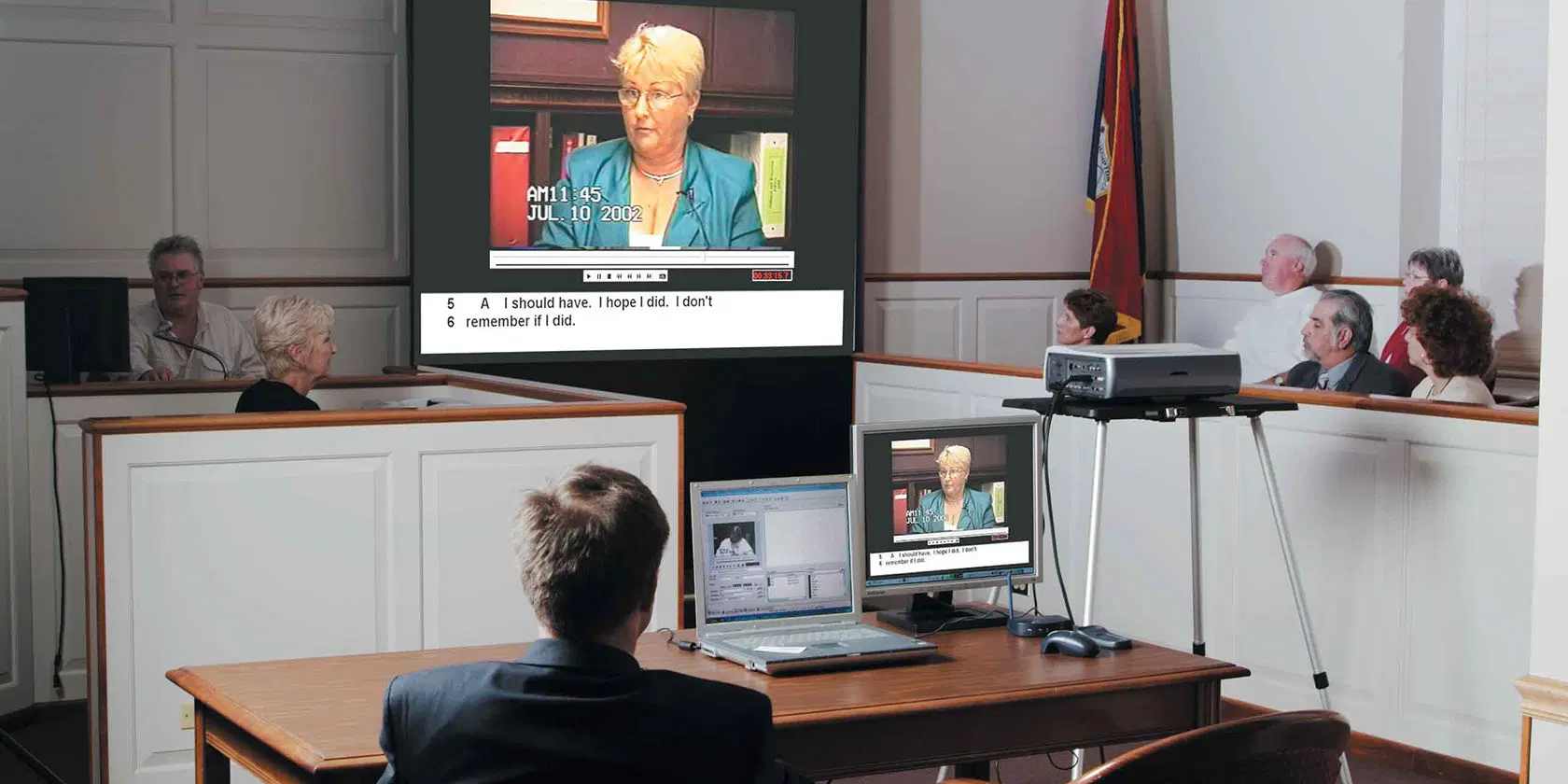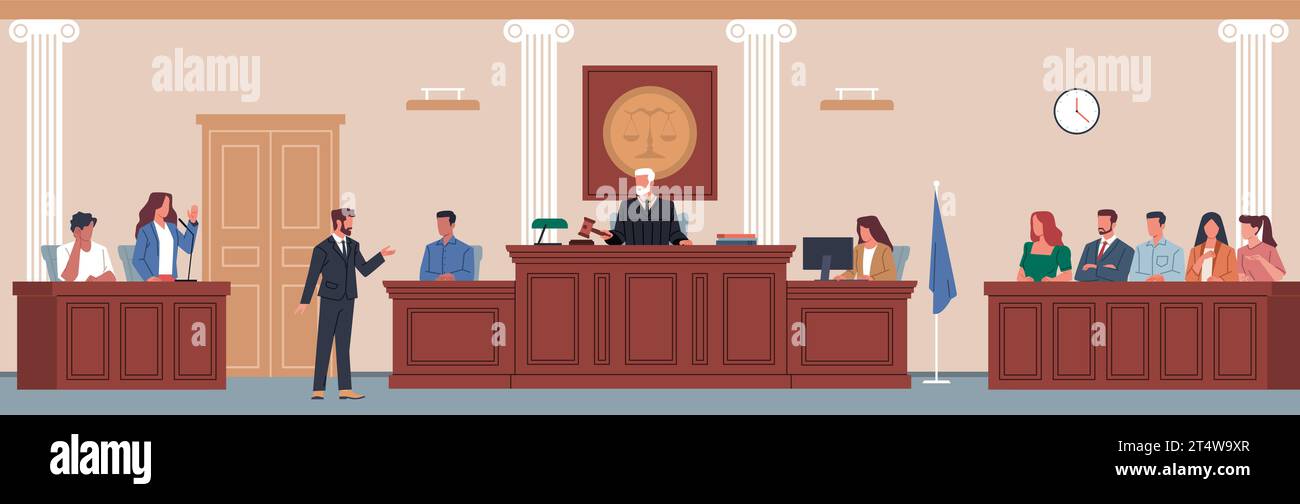Trial lawyers use custom trial presentations that leave an impact.
Trial lawyers use custom trial presentations that leave an impact.
Blog Article
Exactly How Trial Presentations Enhance Your Disagreement and Convince Jurors
Trial presentations function as a crucial device for enhancing lawful debates and encouraging jurors. By integrating visual aids, narrative structures, and psychological engagement, attorneys can create an engaging situation that resonates on several degrees. The tactical use visuals not only makes clear intricate details however additionally captures jurors' interest better than words alone. Nonetheless, the art of storytelling plays a similarly vital role in transforming valid proof into a compelling narrative, forming jurors' understandings - trial presentations. Comprehending these components can considerably impact test results, raising the question of just how each element adds to this intricate dynamic.

Relevance of Aesthetic Aids
Visual aids play a crucial duty in boosting the performance of trial discussions, as they can dramatically enhance audience engagement and retention of details. In the context of a test, where jurors are charged with processing facility information, visual aids offer to simplify and clarify key factors. Graphes, charts, and photos can convey information and concepts that might otherwise overwhelm or confuse jurors, allowing for a more straightforward understanding of the proof offered.
Furthermore, visual aids assist in preserving juror focus throughout the procedures. By damaging the monotony of spoken statement, these tools can stress vital arguments, making them more remarkable. Efficient aesthetic aids can likewise evoke psychological actions, which can be critical in encouraging jurors to line up with the presenter's story.

Crafting Compelling Stories
A compelling narrative is vital in trial presentations, as it acts as the foundation of effective persuasion. It allows lawyers to weave with each other truths, evidence, and psychological components right into a meaningful tale that reverberates with jurors. This narrative structure makes it possible for jurors to understand the complexities of the instance while leading them with the attorney's disagreement.
To craft an engaging story, lawyers ought to concentrate on quality and comprehensibility. In addition, the use of dazzling descriptions can produce mental pictures that help jurors imagine the events, making the story much more unforgettable.
In addition, incorporating key themes throughout the discussion reinforces the core message and aids in retention - trial presentations. The story needs to not just share details yet additionally evoke a feeling of justice, highlighting the risks involved. Inevitably, a sound narrative cultivates a connection between the jurors and the case, placing the lawyer's debate as both credible and compelling, thereby enhancing the possibility of a positive judgment

Engaging the Court Mentally
Efficient jury involvement pivots on the attorney's ability to connect with jurors on a psychological level. This link can significantly influence jurors' understandings and their best decision-making.
Visual help, such as photos or videos, can even more improve emotional involvement, offering jurors with vibrant representations of the case's human aspects. Crafting a story that highlights the struggles and victories of the individuals included makes certain that jurors see past the lawful debates and acknowledge the human consequences of their choices.
Furthermore, tone and body movement play an important role in sharing emotion. A lawyer's passionate delivery can resonate with jurors, reinforcing their psychological financial investment in the event. It's necessary to balance emotional charms with factual evidence, making certain that jurors really feel obliged to act while continuing to be based in the fact. Ultimately, a mentally engaged jury is most likely to be persuaded, making psychological connection an important component of effective trial presentations.
Structuring Your Presentation

The body of the discussion should be logically fractional into key factors, each supported by engaging evidence. It is useful to use narration strategies to weave realities right into a story that jurors can easily follow. Aesthetic help, such as charts and videos, can enhance understanding and engagement, helping to highlight critical items of evidence.
Real-World Case Research Studies
Examining real-world case studies gives invaluable pop over to these guys understandings right into the art of trial discussions and persuasion. For circumstances, the site case of "O.J. Simpson v. Individuals of The golden state" illustrates exactly how visual help and compelling narratives can guide court assumptions. The defense team properly employed a method that incorporated high-profile expert testaments with multimedia presentations, which captivated jurors and inevitably affected their choice.
An additional noteworthy instance is the "McDonald's Coffee Situation," where the plaintiff's lawyers used graphic pictures of the injuries received by Stella Liebeck. trial presentations. This stark aesthetic evidence played a critical function in conveying the extent of her burns, leading to a substantial jury award. Such cases demonstrate that impactful test discussions typically rest on the effective combination of visuals and storytelling to stimulate emotional feedbacks from jurors
Furthermore, the "Casey Anthony Test" highlighted the value of narrative comprehensibility and credibility. The prosecution's failing to establish a compelling timeline lessened their influential power, emphasizing the requirement of a well-structured discussion. Assessing these cases exposes that effective test discussions call for strategic preparation, emotional engagement, and the ability to resonate with jurors' values and ideas.
Conclusion
Test presentations substantially improve debates and encourage try here jurors via the tactical use of aesthetic aids, compelling narratives, and emotional interaction. A well-structured presentation equilibriums emotional appeals with factual proof, inevitably reverberating with jurors' worths.
Report this page